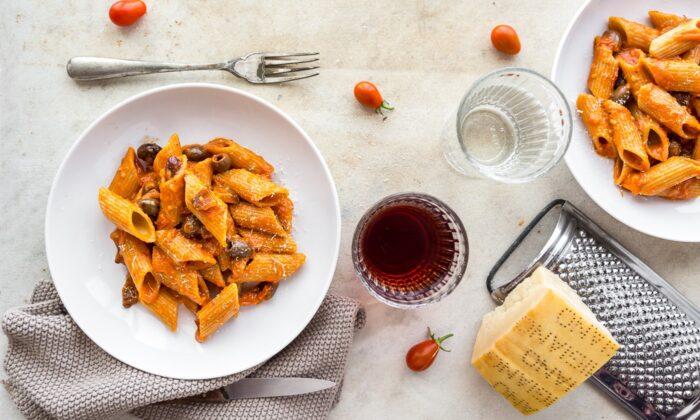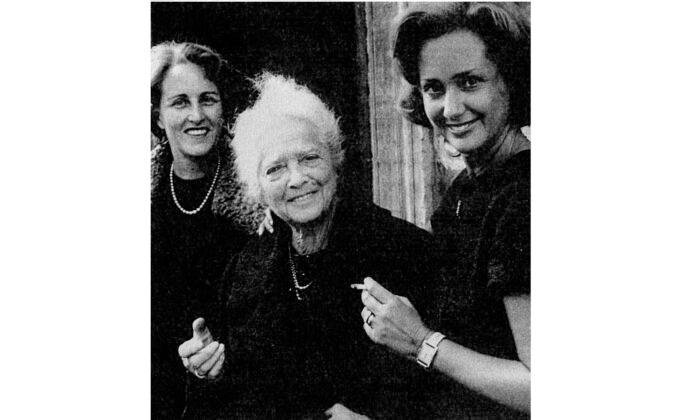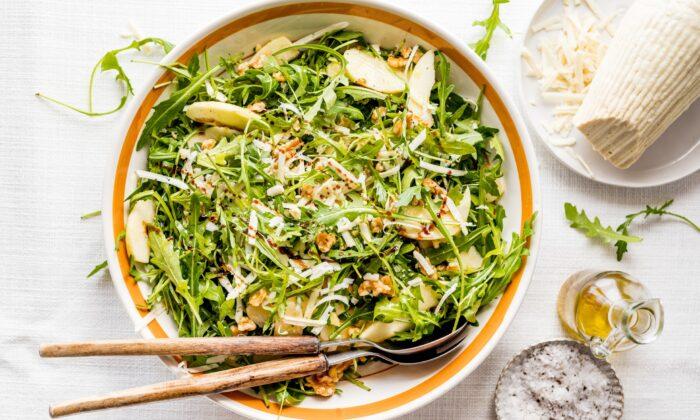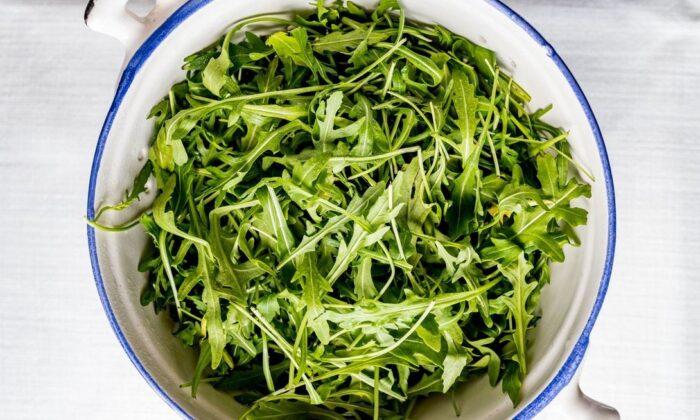Pasta With Garlic Tomato Sauce, Olives, and Guanciale
A traditional garlicky tomato sauce calls for frying minced garlic in olive oil before adding the tomatoes. Instead, I cook everything together, adding the salt at the beginning so it can extract water from the tomatoes and help cook them down.This approach has many benefits: for health, by skipping the frying; for flavor, as it gives you a fresher-tasting tomato sauce; and for saving time. Whatever your reason, try it and it might just become your go-to tomato sauce recipe.
Once the basic sauce is ready, you can enjoy it with pasta as it is, with a generous sprinkling of grated cheese, or you can make it richer by adding olives and guanciale, cured pork cheek, as I have in the following recipe. For a more Mediterranean flavor, try adding capers and anchovies instead.
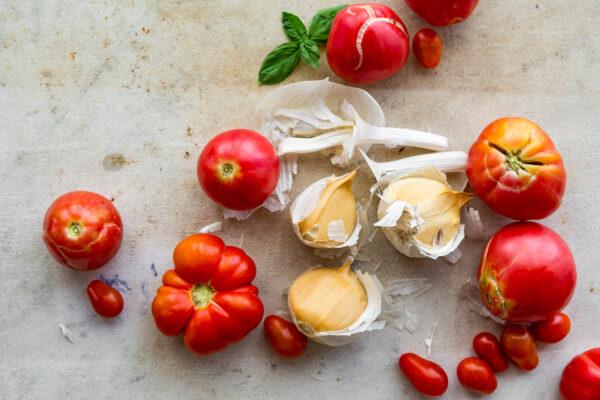
Ripe tomatoes and aromatic garlic play leading roles. Photo by Giulia Scarpaleggia
Serves 4
- 2 pounds ripe tomatoes
- 2 cloves garlic, peeled
- 2 teaspoons salt
- 4 tablespoons extra virgin olive oil
- 12 ounces dry pasta, such as paccheri, mezze maniche, or penne
- 3 1/2 ounces guanciale (cured pork cheek) or pancetta
- 3 heaping tablespoons pitted taggiasche or kalamata olives
- Grated Parmigiano Reggiano or pecorino Romano, to serve
Cook over low heat, covered, for about 30 minutes, checking and stirring occasionally, until the tomatoes have collapsed into a sauce and the garlic is soft enough to be mashed with a fork.
Blend everything with an immersion blender, or in a blender, until completely smooth. Taste and adjust with more salt, if needed.
Cook the pasta in a pot of salted water until al dente, according to the package instructions.
In the meantime, cut the guanciale into small cubes or strips. Heat a heavy-bottomed nonstick pan over medium heat, then add the guanciale and cook over medium-low heat, stirring often with a wooden spoon, until the fat has melted and the guanciale is golden brown.
Pour in the tomato sauce—be careful, as it will tend to splash if the pan is too hot. Add the olives, stir to distribute, and turn off the heat.
Drain the pasta and toss it into the pan to coat evenly with the sauce. Serve with a sprinkling of grated Parmigiano Reggiano or pecorino Romano.

